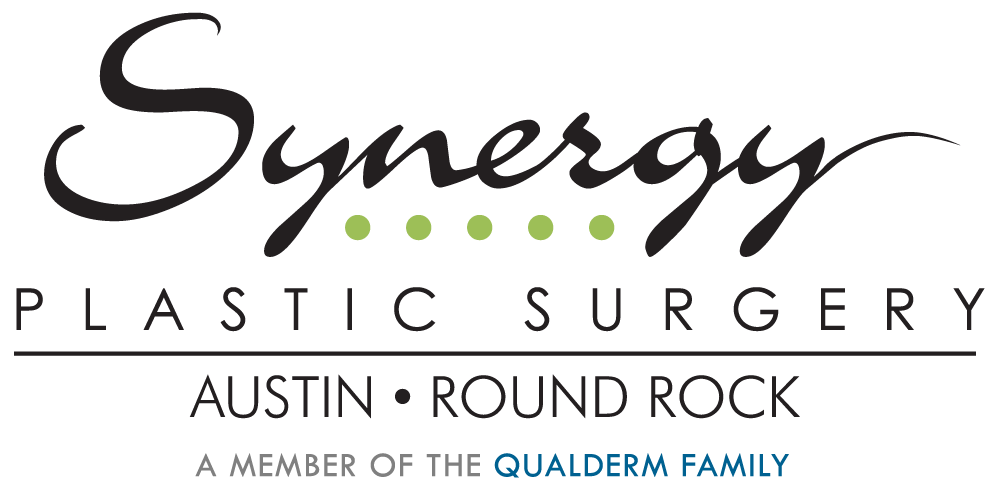Women and men considering facelift surgery often encounter several different names for the procedure. A quick internet search will produce terms like “S-lift,” “Thread Lift,” or even a fast-healing “weekend facelift.” Our Austin, TX patients tell us that researching facial plastic surgery can become confusing. There are so many techniques to choose from. Which ones are actually real?
While these different terms might sound alluring, they are often simply marketing phrases that don’t necessarily produce high-quality results. In this blog post, I’ll discuss the background of these buzzword terms and explain why they often don’t create the same outcomes as a traditional facelift.
By Any Other Name
You might have heard of doctors who perform “facelift” surgery under local anesthesia. These “less invasive” procedures go by many different names, including:
- S-lifts
- Thread lifts
- Quick lifts
- Weekend lifts
In most cases, these facelift variants stop short of being the type of surgical procedure that produces the results desired by patients. They are often just trademarked names for mini facelift techniques. Many doctors have begun calling certain procedures “facelifts,” when they are minor facial modifications rebranded for marketing purposes.
Getting Real Results
There is a tradeoff for shorter recoveries and minimally invasive procedures. Less dramatic results tend to not last as long. Full facelifts are much more transformative, fixing issues such as:
- Hollow or sagging cheeks
- Loose skin along the neck and jawline that cause jowls
- Deep lines and wrinkles around the mouth and nose
Many “facelift” knockoffs only treat superficial issues, providing short-term fixes by placing tension on the skin without addressing the underlying tissue and muscle. These results will not last as long as traditional facelift surgery and could cause potential scarring.
The Facelift Secret
There is one important key for excellent facelift results: elevation of the SMAS layer. The SMAS layer (which stands for the superficial muscular aponeurotic system) is the layer of tissue and muscle underlying the skin. This approach involves lifting and repositioning these structures, which helps create results that look natural. By not simply stretching the skin tighter and removing the excess, we avoid creating the “windblown” appearance that patients dread.
Other trademarked “facelift” techniques usually do not address the SMAS layer. If you are looking for flattering, long-lasting results, our facial plastic surgery specialists recommend a traditional facelift.
It’s important to remember that when considering a facelift, more important the name of the procedure is the experience and talent of your surgeon. Be sure to browse before-and-after galleries to make sure your doctor can produce the results you are looking for.
If you’re curious about facelifts or have any other questions, please request a consultation with us online or call our office at (512) 244-1445.


Leave a Reply